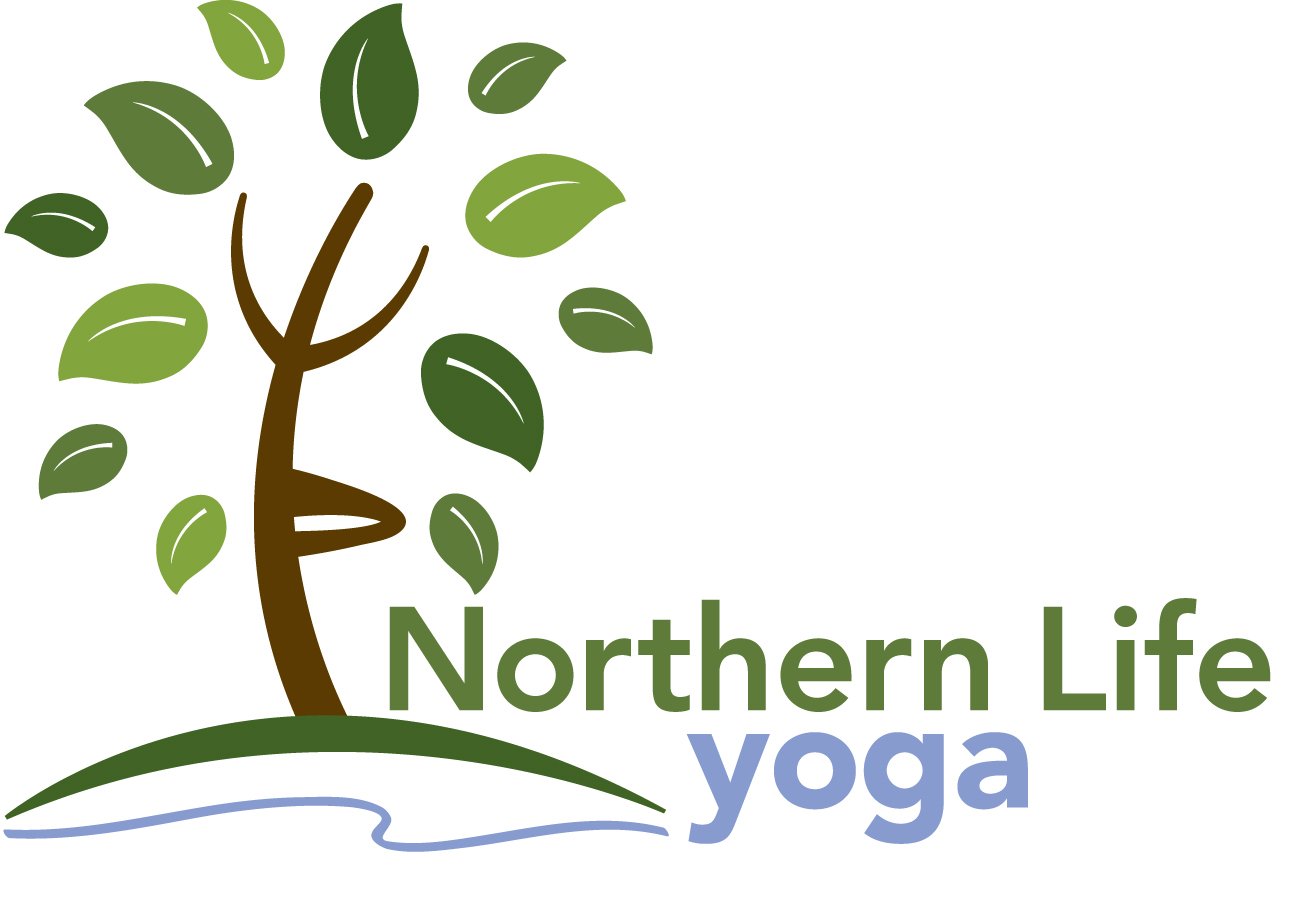Explore the Curriculum Outline
provided by Yoga Alliance at yogaalliance.org
Techniques, Training, Practice
Anatomy & Physiology
Yoga Humanities
Professional Essentials
75 Hours
30 Hours
Asana
Historical context
Poses specific to RYS's lineage—must include sukhasana and savasana
Complete sequencing (asana, pranayama, meditation) to achieve particular effect safely
Shared anatomical and alignment principles plus contraindications
Pranayama & Subtle Body
Historical context
Effects of pranayama on anatomy and subtle body
Complete sequencing of pranayama safely, including alternatives and adaptations Ujjayi, Nadi Shodhana, Kapalabhati, among others
Koshas, kleshas, chakras, nadis and prana vayus
Meditation
Key meditation terms
Meditation methods by lineage
Ability to practice school's chosen meditation practice
Chanting, mantras, and mudras
30 Hours
Anatomy
Skeletal system, incl.:
Major bones
Types of joints
Major muscles involved in asana
Types of muscle contraction
Physiology
Nervous system, incl.:
‘fight, flight, freeze’ stress response, vagal theory, overall mind-body connection
Cardiovascular/ circulatory, endocrine, digestive systems as they relate to yoga practice
Respiratory system, incl. muscles that affect breathing, involuntary vs voluntary breath, how air enters and leaves body
Biomechanics
Types of joint movements
Joint stabilization
Safe movement as it pertains to balancing, stretching, awareness, and physical limitations
Contraindications, misalignments, adaptations
History
Term ‘yoga’
School’s lineage, style, and methodology
Dates and key ideas such as the Vedas, Vedanta, Hatha, Colonial, Modern
Philosophy
Definition of yoga and key terms
Relationship between asana, pranayama, meditation per school’s approach
Familiarity w/ major yogic texts (i.e., Yoga Sutras, Bhagavad Gita, Upanishads, Hatha Yoga Pradipika)
Self-reflection on how philosophy relates to practice
Ethics
Awareness of Yoga Sutras or similar yogic ethical precepts
Relationship to Yoga Alliance Ethical Commitment including Scope of Practice, Code of Conduct, and Equity Position Statement
Comprehension of and responsibility to increase equity in yoga
Accountability measures
Self-reflection on how yoga ethics relate to practice and teaching
50 Hours
Teaching Methodology
Sequencing
Pace
Environment Cueing (verbal, visual, physical)
Class management
Professional Development
Yoga-related professional organizations, including the Yoga Alliance credentialing process
Ethical Commitment, including Scope of Practice, Code of Conduct and Equity Position Statement
Lifetime of learning and continuing education
General professionalism, including timeliness, consistency, cleanliness
Marketing and promotion
Liability insurance, waivers, invoicing
Practicum (Practice Teaching)
Knowledge, skills, experience across 12 key competencies
Mentorship component, incl. apprenticeship, feedback
*Plus 15 elective hours under the four categories above.
*This curriculum outline belongs to Yoga Alliance
and can be found at yogaalliance.org

